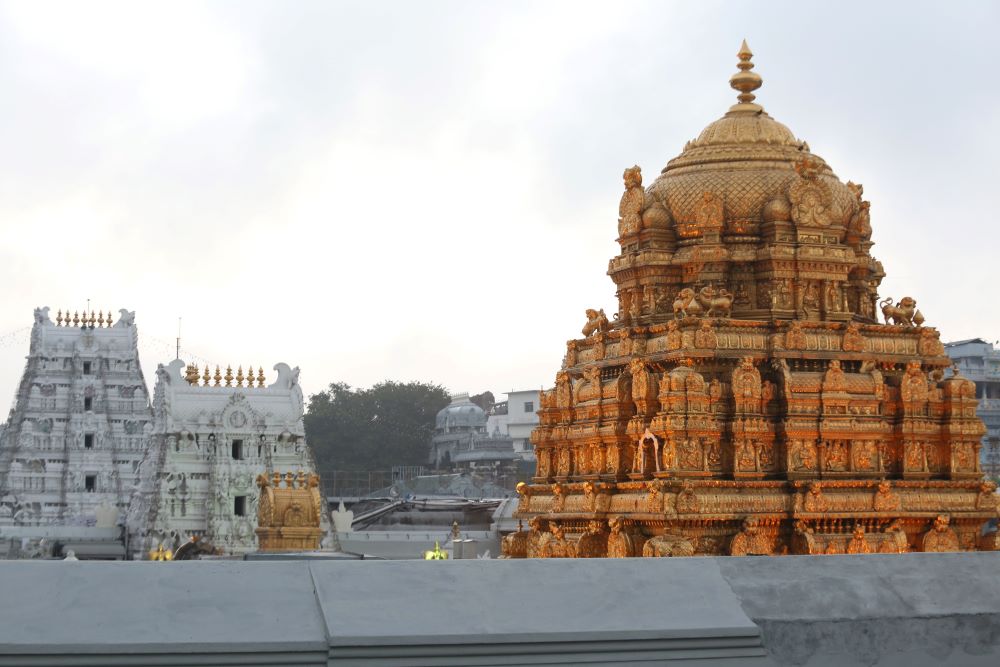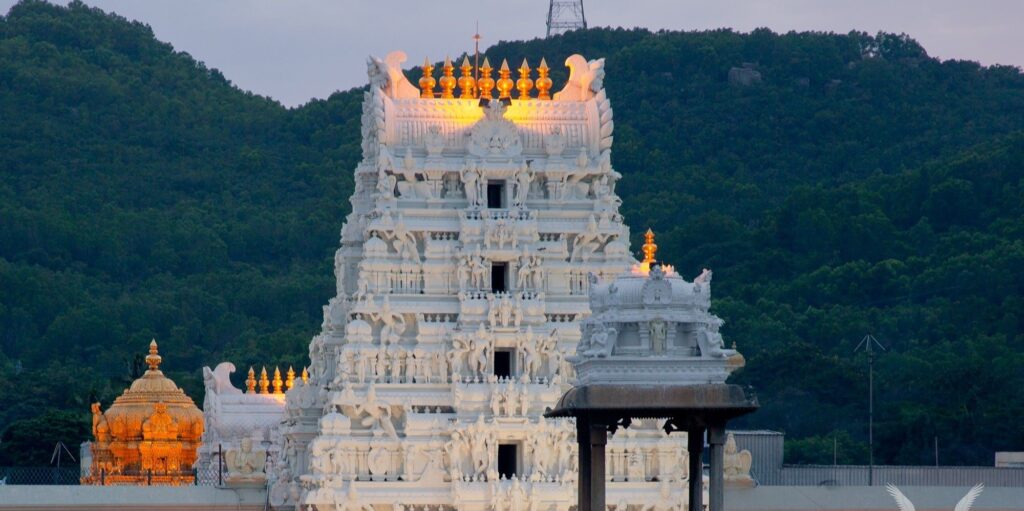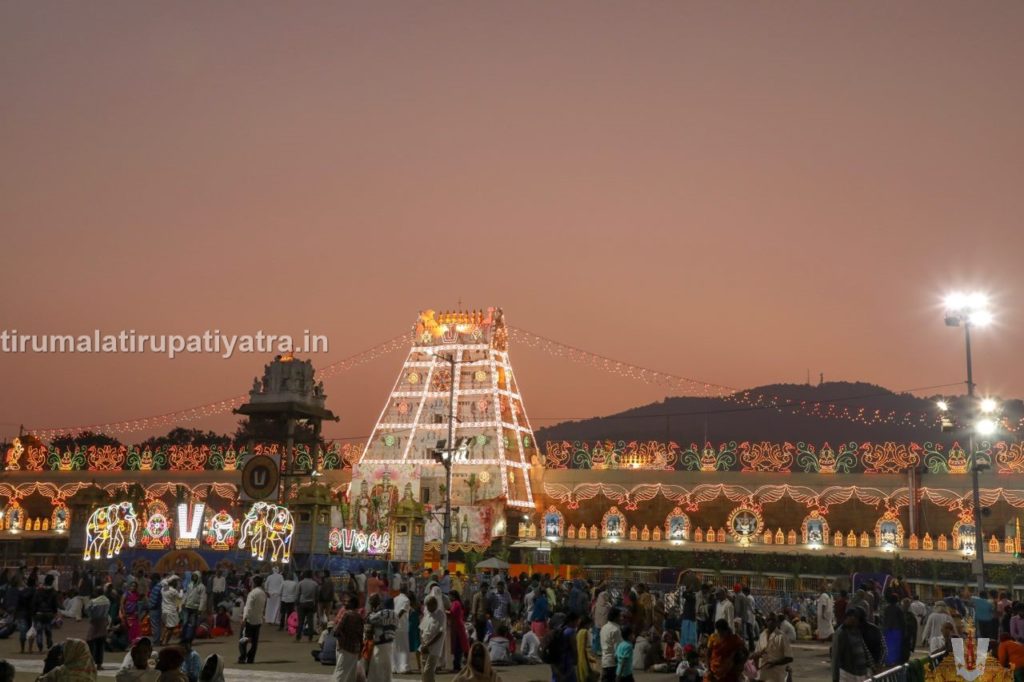Vaarotsavas – Weekly Services / Weekly Sevas A few services are rendered to Lord Sri Venkateshwara as Vaarotsavas once a week without fail. Every day is a festival day in Tirumala. On each specific day, the Lord of Lords blesses His devotees in a specific ritual during the weekdays. These rituals are categorized as weekly Read More
Tag: Vishwaksena
Ramulavari Meda (Rama’s Abode) – Tirupati Balaji Temple
Ramulavari Meda / Rama’s Abode As soon as you cross Snapana Mandapam there is a narrow 12″ x 10″ passage. This is known as Ramulavari Meda. Before 1262-65 A.D. the researchers believe that this was not there. They believe that this was a part of the present Vaikunta Pradakshina path. To enter Ramulavari Meda from Read More
Ankurarpana Mandapam – Tirupati Balaji Temple
Ankurarpana Mandapam / Ankur Arpana Mandapam Opposite the chief kitchen and towards the south of Bangaru Baavi, there is a mandapam. This is known as Ankurarpana Mandapam. Every year the Dasara Brahmothsavam is celebrated for ten days by Lord Venkateswara. The initiation of this Brahmothsavam starts from this Mandapam. Ankuram as we all known is Read More



